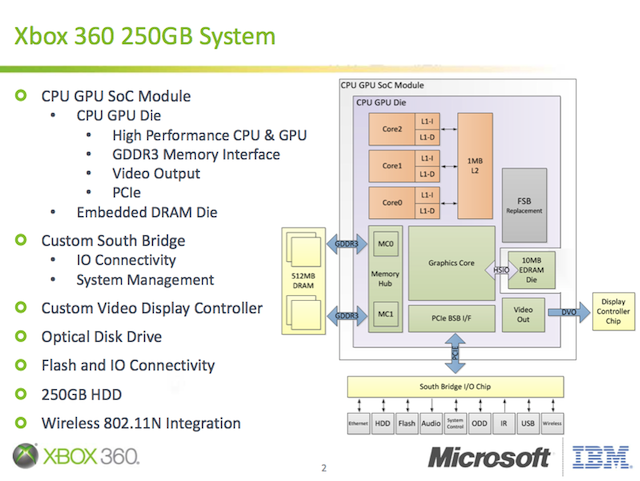Megadrive1988
Veteran
In a pre-briefing interview with Hegalson before the press announcement went live, Gaming Blend had the opportunity to ask a few questions about the jump from mobile, PC and current-gen consoles to the first next-gen console, and whether developers would be able to make use of all of Unity's latest high-end technology on Nintendo's newest console, including the ability to make use of Unity 4's DirectX 11 equivalent features and shaders. Hegalson replied with the following...
Yeah. We'll do a -- we'll make it potentially possible to do.
What's interesting is that our philosophy is always this: We have a match work flow and I'm sure we can make a decent game and prototype, and they're fun. And then we have a shared system that basically allows you to access the full capabilities of the hardware you run. That's going to be good whether you're running [software] on an iPhone, the Wii U, a gaming PC or whatever.
When pried about the actual clock speeds, shader limits and memory bandwidth of the Wii U's GPGPU, Hegalson tried waving off the question, basically saying that it was up to Nintendo to disclose that information. Dang it.
http://www.cinemablend.com/games/Wi...ble-DirectX-11-Equivalent-Graphics-47126.html
Damn!

